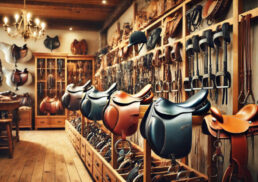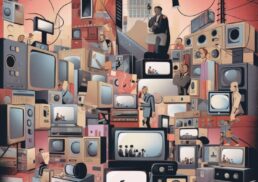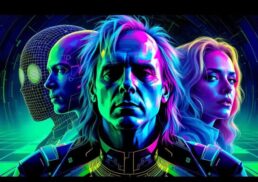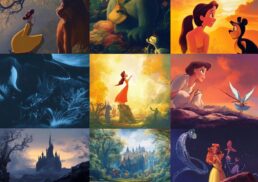Animation has undergone significant evolution, transitioning from traditional hand-drawn artistry to advanced digital techniques that engage audiences globally.
This exploration provides a comprehensive overview of the journey involved in creating animated films, addressing each phase—from pre-production planning, through the actual production, to the rigorous post-production processes.
It will examine the technological advancements that have reshaped the field of animation, highlight the skilled team members who work diligently behind the scenes, and discuss the unique challenges they encounter throughout the process.
This analysis aims to illuminate the intricacies of modern animation and the various rewards associated with it.
Table of Contents
The Evolution of Animation
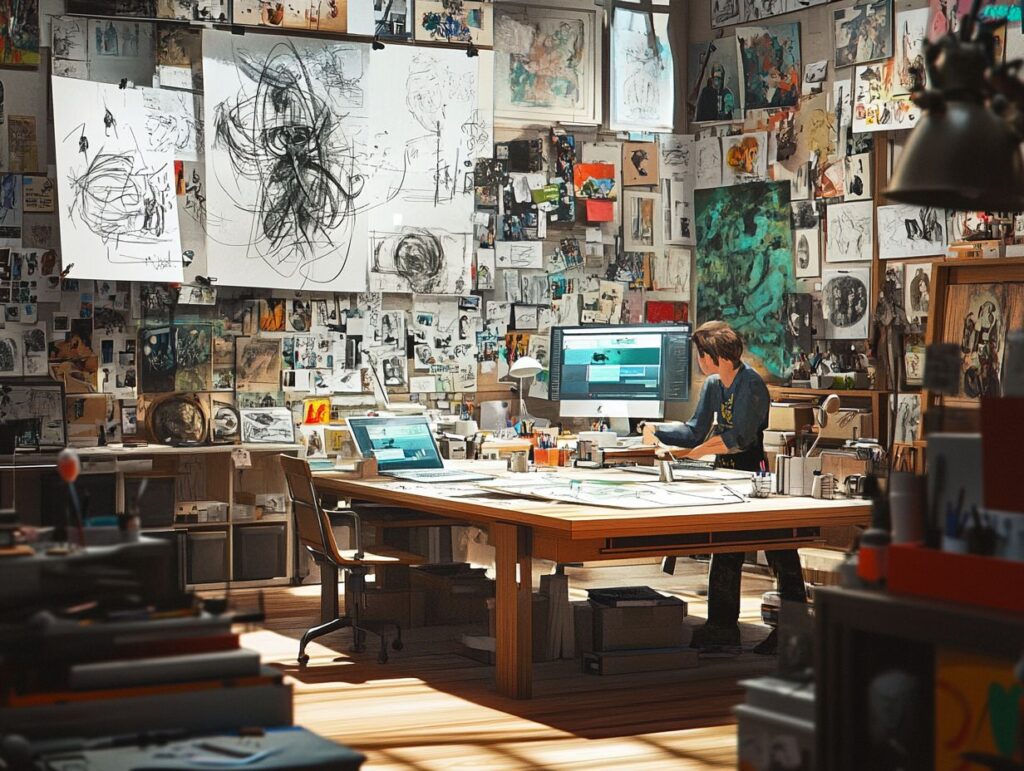
The evolution of animation has undergone a significant transformation, progressing from traditional hand-drawn techniques to contemporary digital production methods, thereby fundamentally altering the process of creating animated films today.
This journey commenced with groundbreaking advancements in character design and storyboarding, where studios such as Disney Animation and Pixar established benchmarks for visual storytelling.
As animation technology advanced, iconic films including “The Lion King,” “Aladdin,” and “Moana” demonstrated the potential of 3D modeling and advanced rendering techniques, enabling animators to produce stunning visuals that engage audiences worldwide.
Checkout A Guide to the History of Animation
From Traditional to Modern Techniques
The transition from traditional animation techniques to modern animation has profoundly transformed the industry, highlighting the significance of 3D models and digital production methods.
In this evolution, creators have shifted from hand-drawn frames to advanced software that facilitates intricate designs and realistic movements.
Traditional methods primarily depended on storyboarding and the application of key frames to convey motion, necessitating that artists meticulously draw each frame by hand. In contrast, contemporary animators leverage digital tools that enhance this process, allowing for the creation of dynamic animations with greater efficiency.
With advancements in technology, such as computer-generated imagery (CGI) and motion capture, the distinction between animation and reality continues to diminish, engaging audiences with enhanced visual storytelling and seamless character development.
The Process of Creating an Animated Film
The creation of an animated film is a multifaceted undertaking that necessitates a well-defined production pipeline, which includes several stages: pre-production, production, and post-production.
Each of these stages requires the collaboration of a diverse team of skilled professionals, such as animators, writers, and sound designers.
During the pre-production phase, essential groundwork is established through scriptwriting and storyboarding. This is followed by the production phase, where key frames and character designs are developed and brought to life.
Finally, in post-production, the film undergoes refinement through sound design and editing, ensuring that every detail aligns with the creators’ vision.
Pre-Production
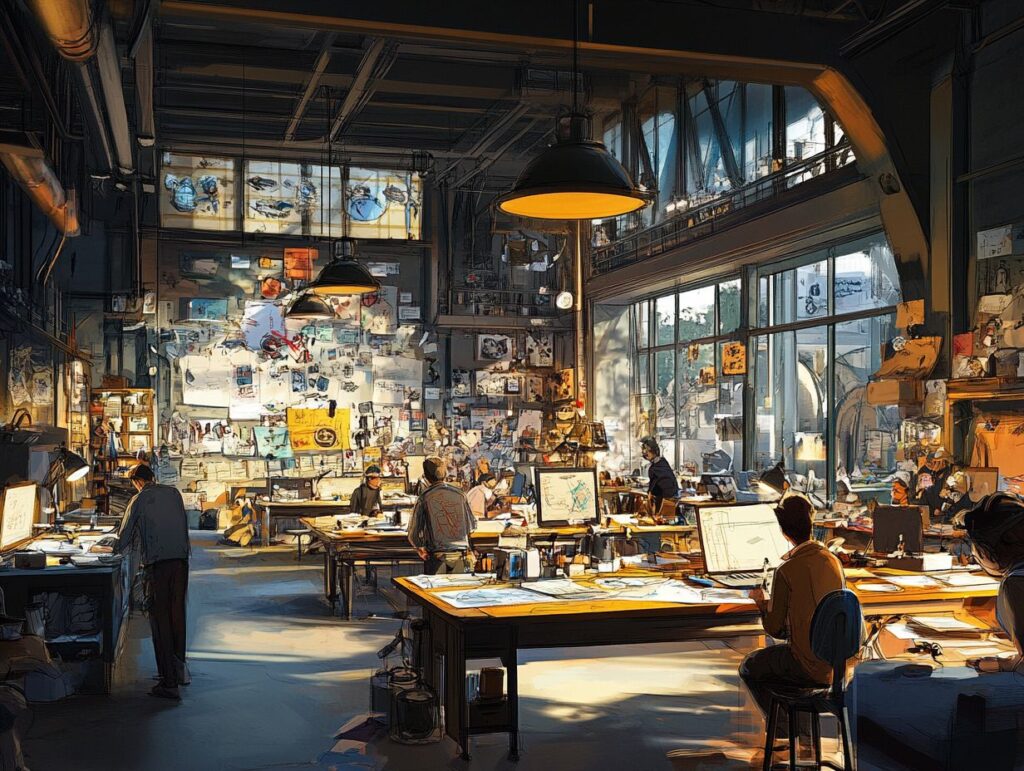
Pre-production is a critical phase in the creation of animated films, encompassing extensive scriptwriting, character design, and storyboarding to establish the foundation for the entire project.
During this stage, visual elements are developed, allowing filmmakers to meticulously define the personalities and backgrounds of various characters, which are essential for engaging the audience.
Storyboarding serves as a visual blueprint, aiding in the mapping of scenes, refining pacing, and establishing an emotional tone that resonates throughout the narrative.
By carefully considering these components, creators ensure that their vision is effectively communicated and that every detail aligns cohesively, ultimately setting the stage for a vibrant animated experience that captivates viewers from the very first frame.
Production
The production phase of an animated film is where the artistic vision is realized, as animators transform the narrative into a visual experience using key frames and 3D models, adhering to the plans established in the preceding stages.
During this critical phase, animators utilize advanced software such as Autodesk Maya or Blender to meticulously design each scene, ensuring that character movements are fluid and engaging. The integration of motion capture technology facilitates the realistic depiction of actions, allowing the animation to resonate with audiences on a deeper emotional level.
Animators work in close collaboration with the art department to maintain consistent visual styles, employing a variety of tools such as digital painting and texture mapping to enhance the depth and detail of the environments.
This collaborative approach not only streamlines the production pipeline but also guarantees that every frame aligns with the overarching creative vision, culminating in a polished final product.
Post-Production
Post-production represents the final stage in the creation of an animated film, wherein the editing process refines raw footage into a polished final product, complemented by sound design and meticulous production management.
During this critical phase, color correction enhances the visual aesthetics, improving the mood and ensuring consistency throughout the various scenes. Additionally, sound design contributes depth and emotion by layering dialogue, sound effects, and musical scores to create an immersive experience for the audience.
Visual effects can also be integrated seamlessly, enhancing the narrative and emphasizing pivotal moments within the film.
Each of these components significantly affects how viewers perceive and engage with the film, ultimately influencing its success and reception in a competitive market. A well-executed post-production phase is essential in elevating the overall quality and artistic expression of the animated feature.
The Role of Technology in Animation
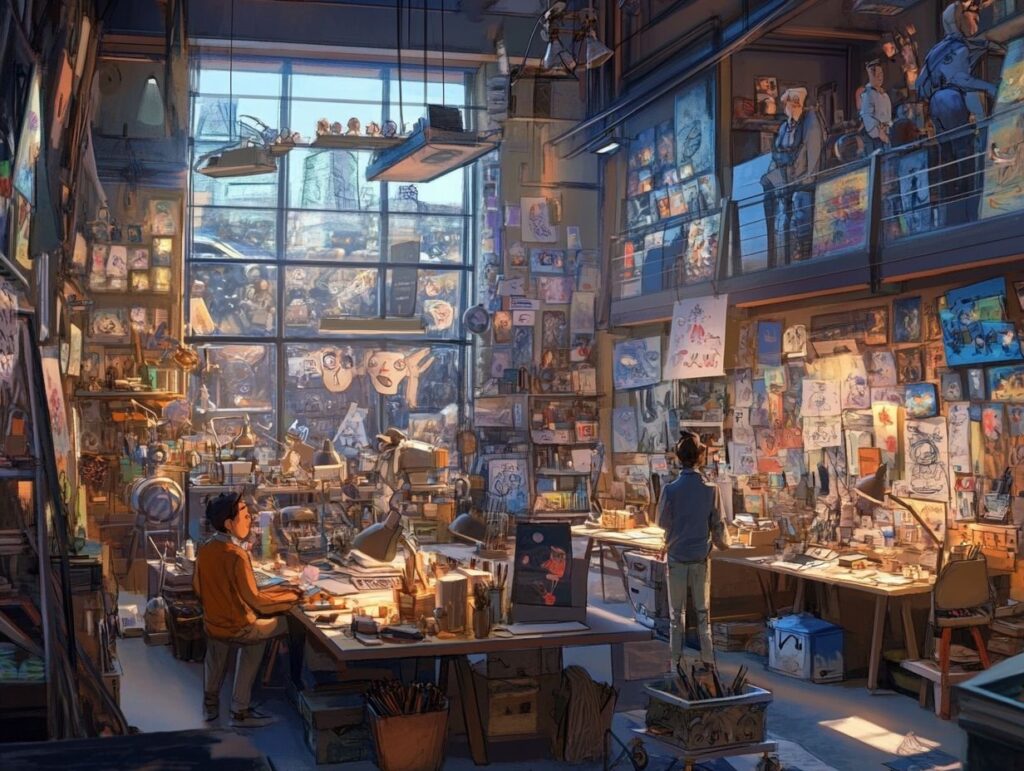
Technology plays a crucial role in the field of animation, facilitating advancements in digital production that have transformed the rendering process and significantly improved the overall quality of animated films.
This evolution in technology has enableed artists to produce visually stunning works with intricate details, thereby enabling more expressive character designs and lifelike environments.
Lighting artists are now able to manipulate virtual lighting to enhance mood and atmosphere effectively, while ongoing software innovations continue to optimize workflows and enhance production efficiency in leading studios such as Disney Animation and Pixar.
Advancements in Software and Hardware
Recent advancements in both software and hardware have fundamentally transformed the animation landscape, providing animators with sophisticated digital tools to produce captivating visuals.
Innovative software solutions such as Blender and Autodesk Maya now feature advanced simulation environments and real-time rendering capabilities, significantly enhancing the animation workflow. The integration of powerful GPUs from companies like NVIDIA not only accelerates the rendering of high-quality graphics but also increases efficiency in the process.
These technological developments enable animators to visualize their work with greater accuracy during the creation phase, thereby reducing the time required for revisions. Additionally, enhanced features such as ray tracing and improved texture mapping contribute to the realism of animated projects, effectively pushing the boundaries of creativity in visual storytelling.
The Team Behind the Scenes
The production of an animated film is a collaborative endeavor that entails a diverse team of professionals working diligently behind the scenes. This team includes animators, writers, musicians, voice actors, producers, and experts in production management.
Each role is essential in transforming the project from the initial scriptwriting stage to the final sound design and editing processes. The synergy among these skilled individuals ultimately determines the quality and impact of the animated film, ensuring that every element is in alignment with the overarching creative vision.
Roles and Responsibilities
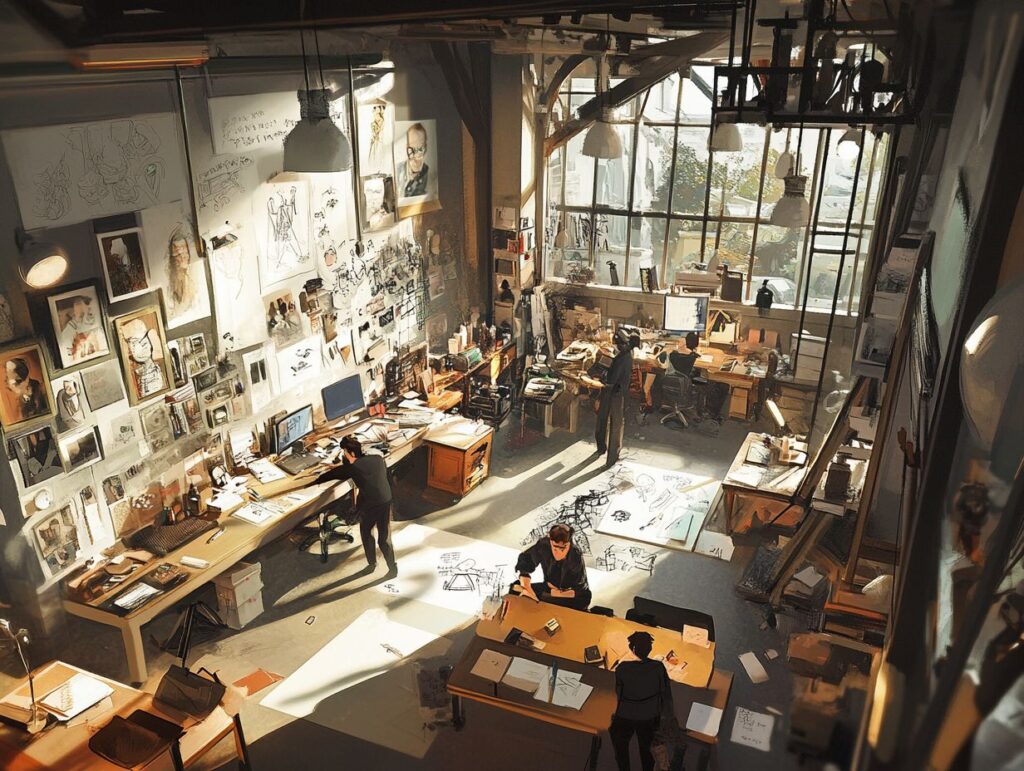
In the animation industry, every role is vital to the success of a film, with animators, writers, musicians, voice actors, producers, and lighters each contributing their specialized expertise to create a cohesive and engaging final product.
These professionals collaborate throughout various phases of production, ensuring that each element aligns with the overarching creative vision. For example, animators translate storyboards developed by writers into dynamic visuals, while voice actors bring characters to life and assist animators in capturing emotional nuances.
Producers are responsible for coordinating the workflow, managing timelines, and overseeing the budget, while lighters enhance the mood and depth of scenes through careful lighting techniques.
Each discipline not only fulfills its distinct functions but also depends on real-time feedback from colleagues, fostering a synergistic environment where creativity thrives and a remarkable animated film is produced.
Challenges and Rewards of Making Animated Films
The process of creating animated films presents numerous challenges and rewards that evaluate the creativity and technical expertise of the production team.
This journey involves overcoming creative obstacles, such as formulating compelling storylines, as well as addressing technical challenges associated with rendering processes and animation technologies. Each project necessitates a significant degree of resilience and innovation.
Despite these challenges, the satisfaction derived from witnessing a completed animated film come to life—enchanting audiences in a manner reminiscent of the classics produced by Disney Animation and Pixar—renders the endeavor profoundly rewarding.
Overcoming Creative and Technical Obstacles
Overcoming creative and technical challenges is a fundamental aspect of producing animated films, necessitating effective collaboration and innovative problem-solving among production management and the creative team.
From synchronizing intricate character movements to ensuring the seamless integration of vibrant visual effects, these challenges require a collective effort. For example, when a team encounters difficulties with rigging a character’s skeletal structure, it demands close communication among animators, modelers, and technical directors.
The delicate balance of conveying emotions through animation while adhering to a strict timeline can generate tension, prompting the need for collaborative brainstorming sessions.
These shared experiences not only enhance the artistic vision but also cultivate a supportive environment in which ideas can thrive, underscoring the critical importance of cooperation in successful animation production.
